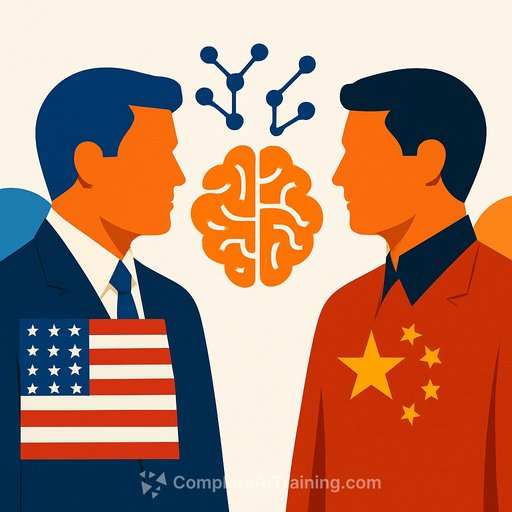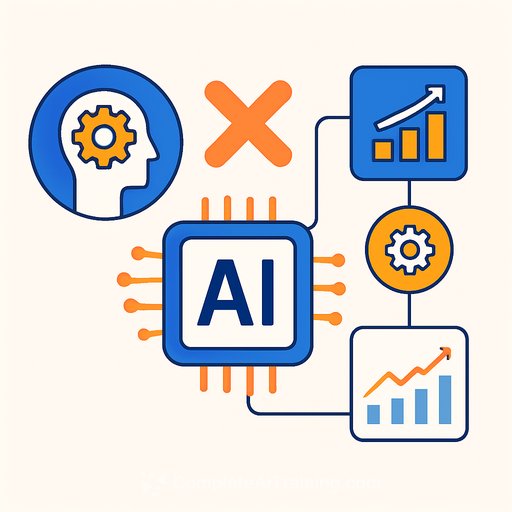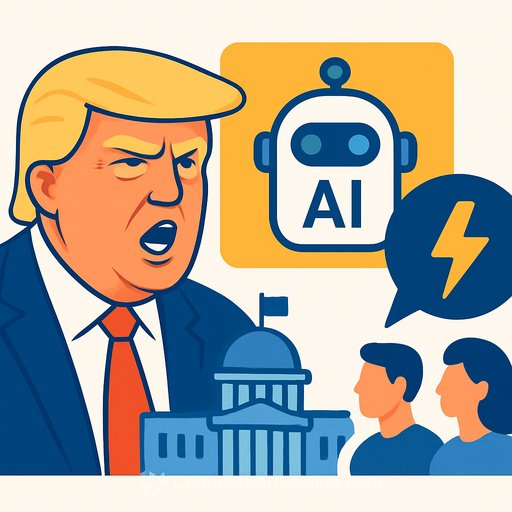The ATOM Project: A U.S. Initiative to Counter China's AI Dominance
The race for artificial intelligence leadership is intensifying, with the U.S. launching a new initiative called the ATOM project. Its goal: to challenge China’s expanding dominance in open-source AI technologies by promoting collaborative and transparent AI development that reflects democratic values. Supported by a mix of tech companies, government bodies, and academic institutions, ATOM focuses on speeding up the creation and sharing of open-source AI models to counter Beijing’s aggressive advances.
This effort is timely. Chinese tech giants like Alibaba and Baidu have recently rolled out powerful open-source AI tools accessible to developers worldwide, accelerating adoption in areas from consumer applications to industrial automation.
The Strategic Imperative Behind ATOM
Open-source AI is more than just a tech choice; it carries geopolitical weight. The U.S. strategy emphasizes transparency and community-driven innovation, setting itself apart from China’s state-driven approach, which prioritizes control and quick deployment. ATOM’s framework includes shared resources such as datasets and computing power to support smaller players and prevent any single country from dominating AI technology.
Industry warnings highlight the risk of the U.S. falling behind as Chinese firms reveal AI systems rivaling U.S. labs, with practical applications already integrated into daily life. Without initiatives like ATOM, the U.S. risks losing its influence over global AI standards.
China’s Edge in Practical Applications
China focuses heavily on applying AI in manufacturing, healthcare, and surveillance, investing significant resources to encourage widespread adoption. This pragmatic push boosts the traction of Chinese open-source models, especially in emerging markets.
Meanwhile, in the U.S., ATOM gains momentum with policy backing. The Biden administration's 2025 AI Action Plan explicitly prioritizes open-source AI development and aims to match China's progress. Federal funding for infrastructure supporting collaborative AI efforts could reach hundreds of millions.
OpenAI’s Role and Broader Implications
OpenAI recently released two new open-source models—GPT-OSS-120b and GPT-OSS-20b—its first such release since 2019. This move is a direct challenge to China’s lead in open AI, with CEO Sam Altman highlighting its significance for democratizing AI access. These models are crafted to encourage innovation while addressing security concerns.
However, critics warn of risks, including potential misuse by adversaries. Experts emphasize that supporting open-source AI is crucial for U.S. security amid strategic competition with China, recommending a balanced approach to minimize vulnerabilities.
Looking Ahead: Challenges and Opportunities
ATOM’s success depends heavily on building international partnerships, with calls for collaboration across Europe and Asia to counteract China’s influence. While China benefits from a large talent pool and strong government support, the U.S. can capitalize on its leadership in ethical AI and innovation ecosystems.
This initiative shifts the perspective on open-source AI, treating it as a public resource. By encouraging global cooperation, ATOM could redefine international competition in AI technology, ensuring advancements serve broader societal interests rather than narrow national goals.
As ATOM progresses, its outcomes may shape the future of AI leadership worldwide.
Your membership also unlocks:






